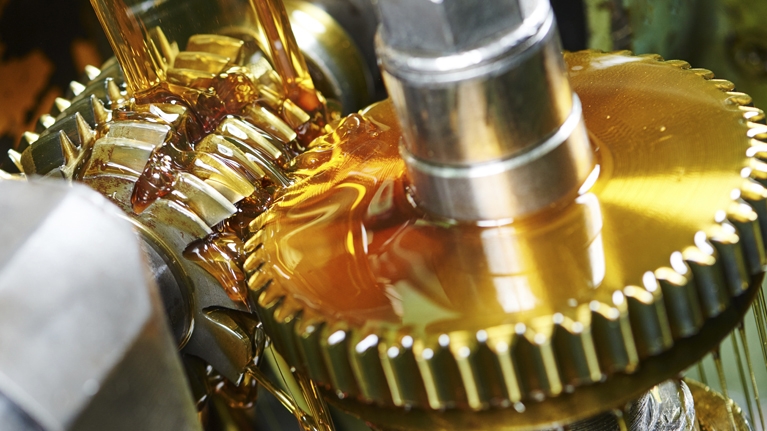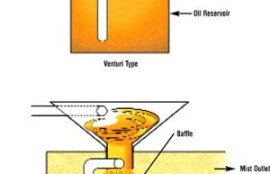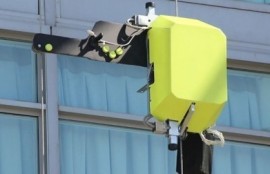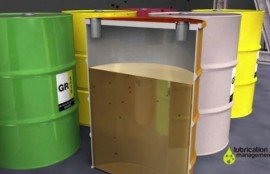
Despite it not being new, “micropitting” is a phenomenon that has not been deemed especially important up to now. Nevertheless, we know it affects to the precision of gear and in many cases it is the primary cause of failure.
Micropitting is surface damage that occurs in high rolling systems due to cyclical contact and the plastic flux of the roughness. First it appears in the rolling area until it reaches the root of the gear, causing the profile of the tooth to be lost or broken, which results in noise and vibrations.
In many cases, the micropitting is not destructive for the surface of the gears and its evolution can even be halted when the tribological conditions of the system are re-established. There are also cases in which it can be removed by polishing during the rolling process of the gears.
Even so, the depth of the micropitting is very difficult to see with the naked eye and there are few control methods for this in gears that are in use. The main control methods are visual inspection (boroscopy), analysis of the oil and destructive tests of the gears.
Therefore, the best option is to perform predictive maintenance starting with maximising the thickness of the film of lubricant, reducing the surface roughness (coating the gears, etc.) and optimising the properties of the lubricants avoiding aggressive EP additives, maintaining the fluid clean during its useful life, using lubricants with a low traction coefficient, etc. It is important to remember that the first thing to do is to select the correct lubricant and then keep it clean, dry and at the proper temperature.






